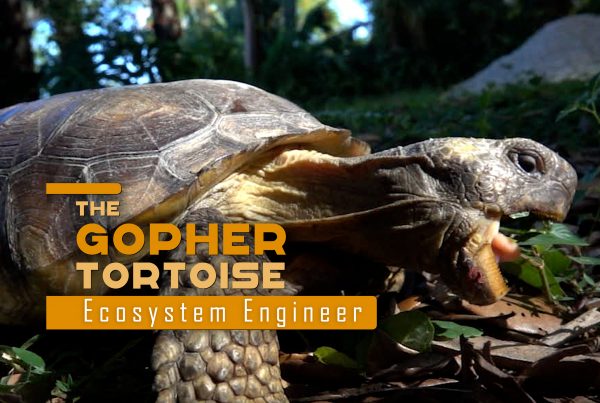This video explores the amorous habits and life cycle of the American Alligator. Who knew this cold-blooded beast had such a soft side!
Cloaca: An opening found in certain animal species that serves as a single, common orifice for the intestinal, urinary and reproductive tracts
Hormone: A chemical released by a cell or a gland in one part of the body that sends out messages that affect cells in other parts of the body
Fertile: Capable of producing offspring
Embryo: In animals other than humans, it refers to the multi-cellular state of the organism before it hatches or is born. In humans this term is also used until about 8 weeks after fertilization, after which it is called a “fetus”
American Alligator: Reproduction
In the Everglades, if you see an alligator over eight feet long it is probably a male. Most adult females are in the six to seven ft. range, but males can grow to twelve feet or longer. However, when you see a small or medium-sized gator there’s no way to know what sex it is without catching it. Then, you have to open the cloaca on the alligator’s belly and do a visual inspection. We don’t recommend this unless you’re a researcher.
In the spring, when Everglades alligators are most stressed from lack of food, their hormones… chemical signals released by endocrine glands inside the body… tell the gator that it is time to mate. Males become aggressive with other males and show it with head slapping and fighting.
Both males and female alligators bellow as a sign that they’re ready to mate. Amazingly enough, alligators have no vocal cords.
During courtship, the male presses on the head and back of the female as a show of strength, hoping she will choose him.
Mating takes place in the water.
In the summer, seasonal rains flood the Everglades and disperse the wildlife. Now fertile, the female alligator builds a nest of plant material. There, at night, she lays up to 50 eggs. The rotting of the plants helps to warm the eggs as the sun beats down. Researchers like these have discovered that it is the temperature of the incubating egg that determines the gender of the embryo inside. Eggs in the warmest part of the nest, with a temperature of at least 90 degrees Fahrenheit, become males. Cooler eggs become females. This is not a fixed rule in the reptile world. Female sea turtles and crocodiles hatch from the warmest eggs.
The mother alligator guards her nest for two months. Then on about day 60, in late August or early September, she will hear the croaking of her hatchlings. Now she takes action.
The baby alligator, about 8 inches long, is well supplied with yolk and will not need to feed for several days. It’ll stay close to its mother and the other hatchlings as it begins to explore its world. The mother will guard her young for two years but she will never feed them. When a mother alligator discovers that one of her eggs is dead ….. she swallows it.
Then one day, when pangs of hunger are just beginning to be felt, an opportunity will arise for the baby alligator (catches dragonfly). From that day on, life will never be the same.
For the first few years the young alligator will grow about one foot per year. It will take nearly a decade for the alligator to become fully grown and to become the Apex predator of the Everglades.




